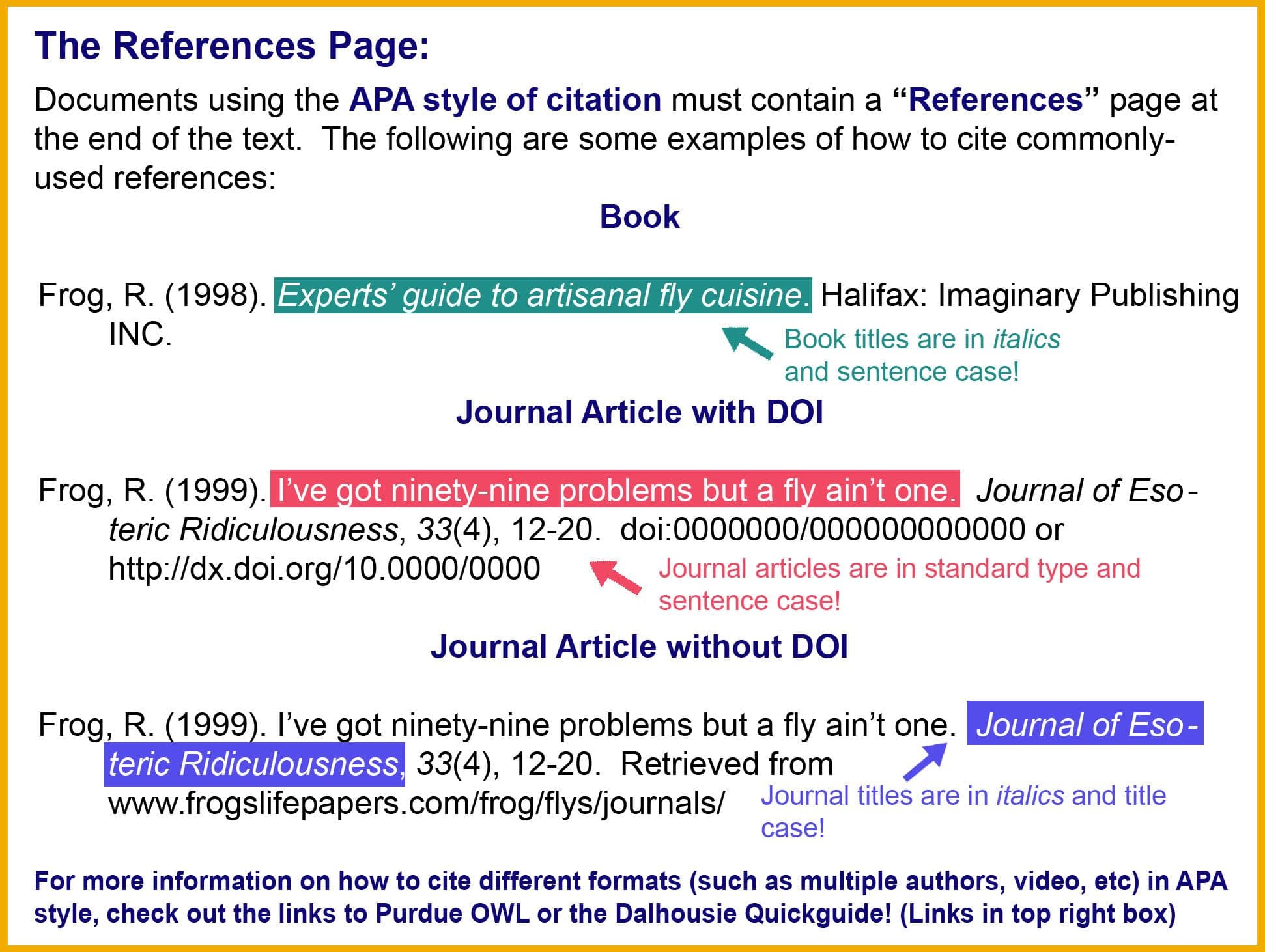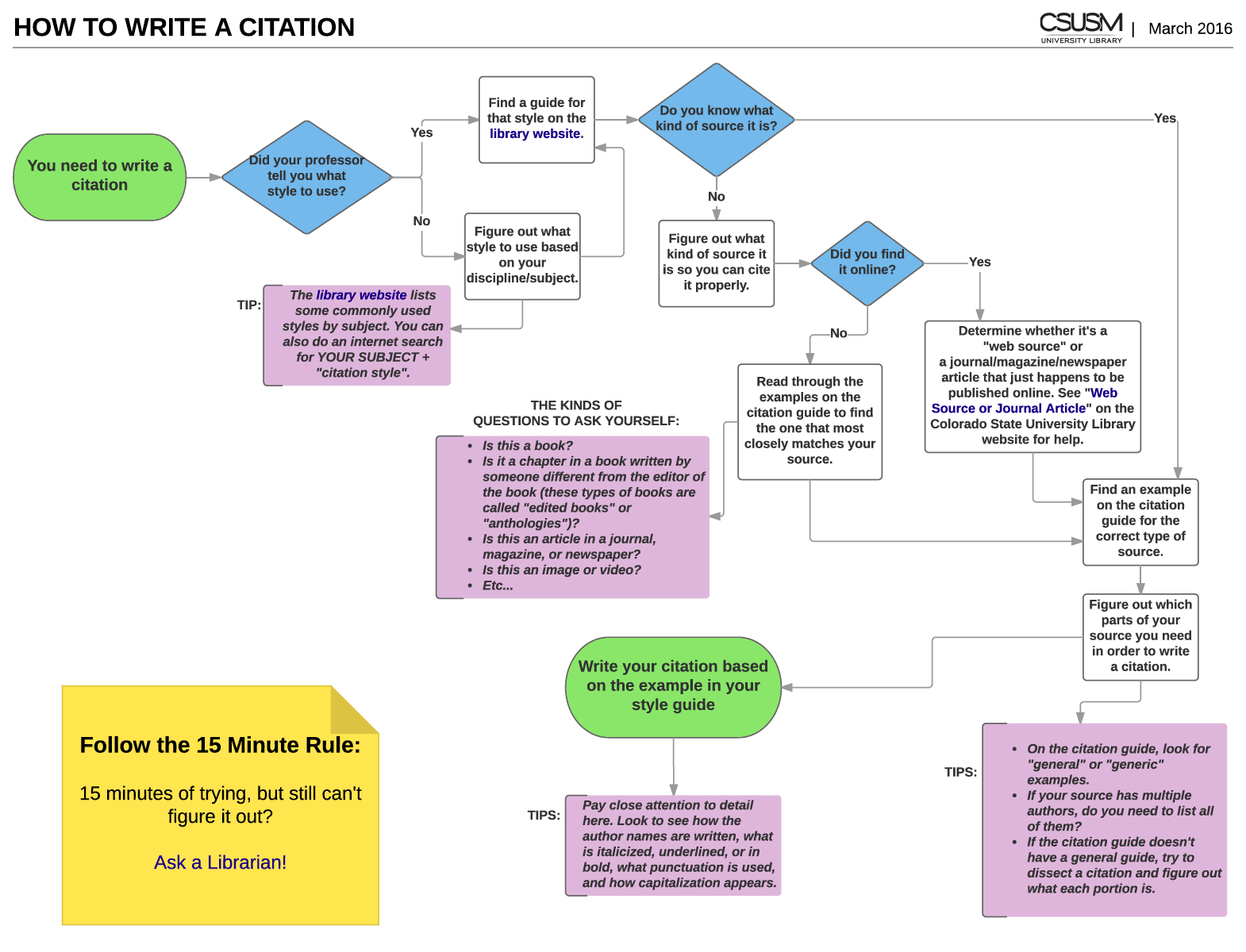Introduction
Tough citation management is key to keeping the high standard of work we expect in academia. When done right, it shows not just a PhD student's integrity but also their professionalism. Things aren't just following the letter of the law. They're doing what the cited authors, and even the un-cited ones, likely expected when they published their work. Citation styles are the rigid skeleton across which a citation hangs its flesh. The Campbell Soup Company has given us a way to cite their work in APA style. When the soup can was first drawn, Andy Warhol likely preferred that format. Though the self-improvement portion without the "which way is up" sidewalk would make it pretty hard to openly criticize the APA format in an academic paper, since the American Psychological Association was founded to help researchers and writers across many disciplines work more like historians than artists just figuring it out on their own.

Understanding Citation Generators and Best Practices
APA citation generators are becoming essential tools for researchers and academics in today's library scene. This is because these digital helpers prove that you can be both super productive and have perfect bibliographic style. But these powerful online tools have another side, a dark side if you will, that often gets overlooked in the rush to praise their many good features and amazing capabilities. This unnoticed risk comes from the tools themselves, of course, but also from us, the scholars (and the Academic Librarians who love us), because we've been kind of lazy when it comes to citations. We've relied a lot on these machines that are really good at quoting. We've been a bit too trusting, maybe, in the machine's ability to quote correctly and within the current standards of the APA style manual.
Input Requirements and Verification
Getting citations right depends a lot on how good and complete the data is that's fed into the generator. When they enter book information, students usually do a decent job. They write down essential details like who wrote it, when it was published, what the title is, and who published it. But when it comes to listing journal articles, students often fail badly because they don't include all the needed parts. Without these important details, how can the citation be trustworthy? And since the article's publisher plays a key role in how the citation is structured, it's worrying that many students either don't have access to the journal itself (because they didn't go to a private college or university) or don't take the time to really look at it.

Common Challenges and Solutions
Even though APA citation generators are designed to make our lives easier, they are often a source of frustration for many people. These smart tools give us fast, smart, and seemingly perfect citations. But do they work well for us? Sadly, not very often. Of all the problems that can mess up the writing and citation skills of researchers in the social sciences (and in other fields that use APA style), the header problem is the least talked about and, I think, the most annoying. You don't see this problem with tools like Zotero or EndNote if you use them smartly. But you do see it in the many freely available online APA citation generators that you and I might easily find and use.
Verification Techniques
It's really important to check if citations are correct in academic work, and something called "citation transparency" should make this process easier for both finders and creators of future references. "Transparency" here means showing how you got to citation A instead of citation B, which is pretty much what writers do when they explain how their research or ideas came about. Under this new system, scholars are like quality controllers. They need to make sure that citation formats created by people or machines are valid not just by style standards, but also by layout and content rules, which includes checking if the author(s) are real, if the work was published, and if it has any digital object identifiers (DOIs) that are needed for certain online resources.

Integration and Advanced Features
In today's academic world, using citation generators correctly is more important than ever for people doing PhD-level research. But to really understand their usefulness for scholarly work, we need to look at how these generators have changed from simple online tools to smart citing and managing research features that work with academic workflows. At fraternity houses and liberal arts colleges across North America, students learning to write research papers have become regular users of citation generators.
Back in the day, when you wanted to look something up, you opened a heavy book, found the page for the thing you wanted, and maybe found some reference or citation that sparked your curiosity. Students these days can find anything and more at the click of a mouse. When you think about the real costs of using citation generators—automating something that could involve deeply engaging with texts and cultures over a long time—the savings add up fast. That's if the whole system of citation generators doesn't fall apart due to academic dishonesty and doesn't just work as a kind of play money for showing off video capabilities.
Selection Criteria
Choosing an APA citation generator for PhD-level research means looking at a lot of important features to make sure it works reliably. The most important feature of any citation tool is how accurate it is. After all, even small mistakes in citations can make a serious academic project look questionable. For complicated research that involves many different kinds of sources, the problem gets worse if the citation tool can't handle them well. Some of the most common research sources have an unusual format, not easy for the citation generator to figure out. Here are six common citation sources, with a few words trying to counter the usual poor performance of citation generators when they handle them. There's no need to worry if you don't recognize some of the sources in the list and your research doesn't involve them. In the next paragraphs, we'll also look at some unusual source types whose unusual outputs can confuse even experienced citation users.
Ensuring Compliance with APA Updates with PaperGen
APA citation guidelines are periodically updated, which can create confusion for users. PaperGen stays up to date with the latest editions of the APA Manual, ensuring all generated citations adhere to current standards. By using PaperGen, users can be confident their work is compliant with the latest rules, avoiding potential issues with outdated citation styles.



